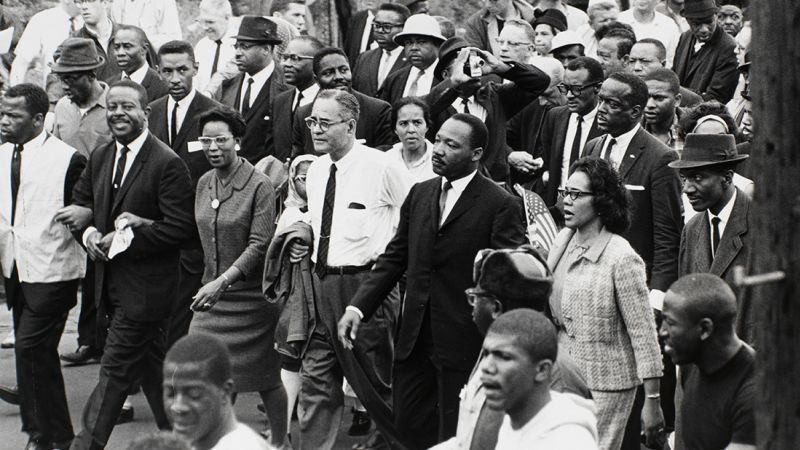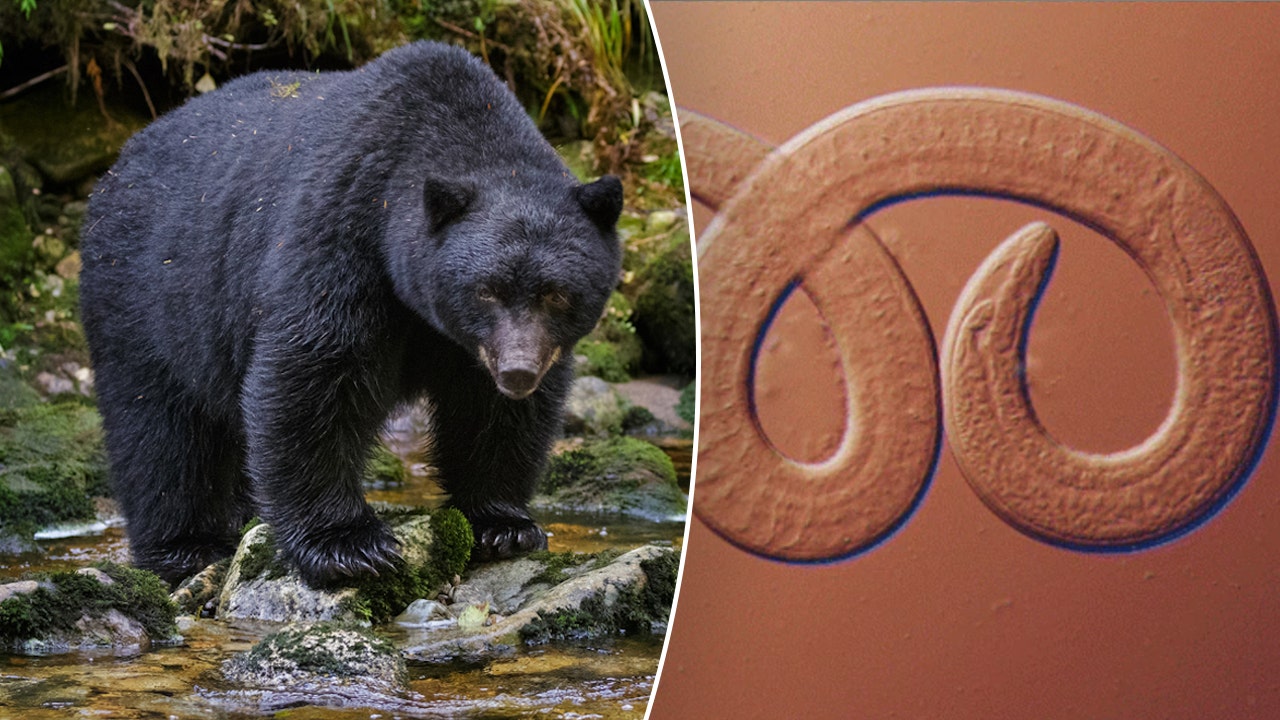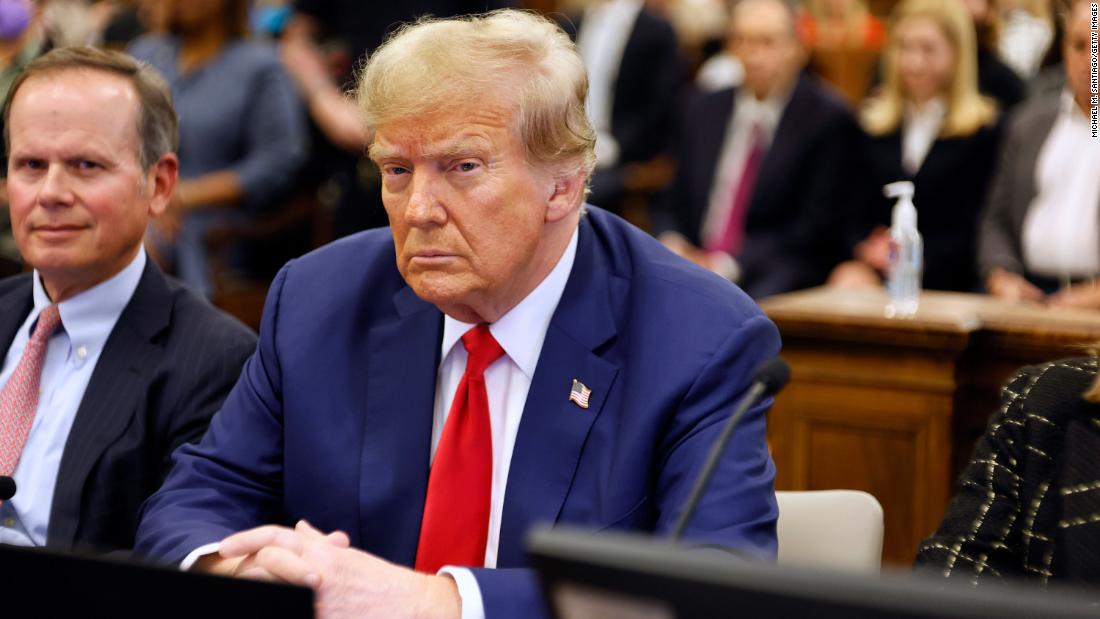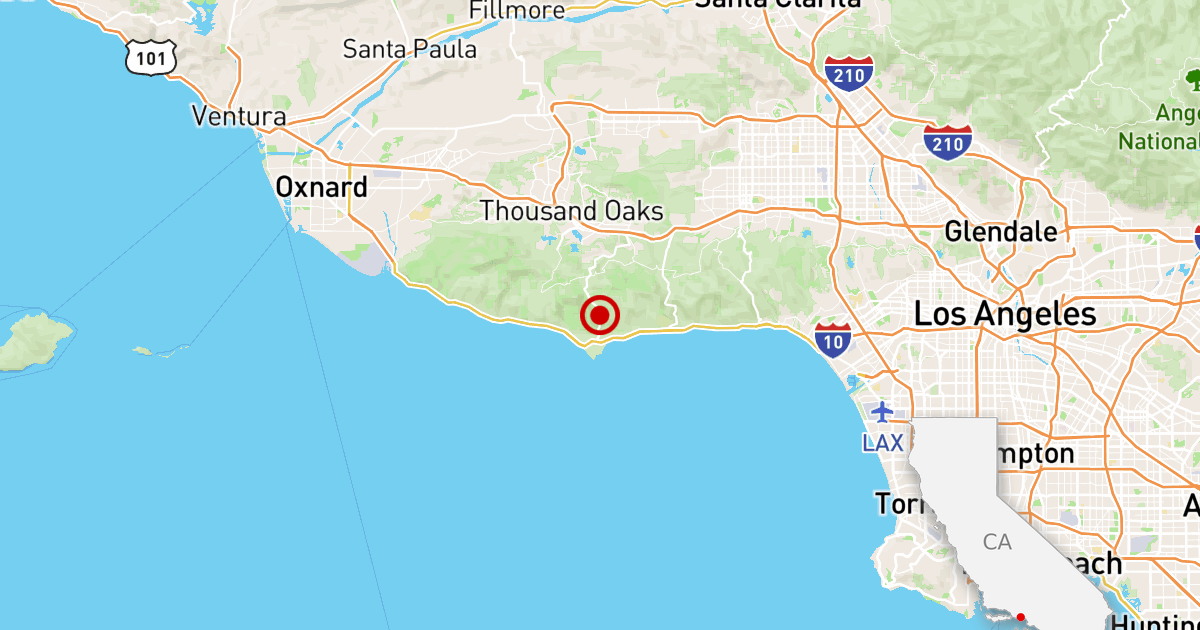cnn
—
Here's a look at the 1965 Selma to Montgomery march in Alabama.
Throughout March 1965, a group of protesters faced violence as they attempted to march from Selma, Alabama, to Montgomery, Alabama, to demand the right to vote for black people.
One of the crucial days was March 7, when 17 people were hospitalized and dozens more were injured by police, including future congressman John Lewis, who suffered a fractured skull. Since then, March 7 has been known as “Bloody Sunday.”
The march has been recreated many times on its anniversary. In 2015, President Barack Obama commemorated the 50th anniversary of the march by giving a speech at the foot of the Edmund Pettus Bridge in Selma.
It is approximately 50 miles (80 kilometers) from Selma to Montgomery.
February 1965 – Voter registration marches and rallies prompt Alabama Governor George C. Wallace to ban nighttime demonstrations in Selma and Marion, Alabama.
February 18, 1965 – During a march in Marion, state police attack protesters. State Trooper James Bonard Fowler shoots and kills Jimmie Lee Jackson. Fowler was charged with murder in 2007 and pleaded guilty to manslaughter in 2010.
March 7, 1965 – About 600 people begin a march from Selma, Alabama, to Montgomery, Alabama, led by Lewis and Hosea Williams. Protesters demand an end to discrimination in voter registration. At the Edmund Pettus Bridge, state and local law enforcement officers attack protesters with batons and tear gas, forcing them back to Selma.
Read more: The priest of Selma remembers Bloody Sunday.
March 9, 1965 – Martin Luther King Jr. leads another march to the Edmund Pettus Bridge. The march is largely symbolic; As previously planned, the crowd turns toward a barricade of state police. Demonstrations are held in cities across the United States to show solidarity with the Selma protesters.
March 9, 1965 – President Lyndon Johnson speaks out against the violence in Selma and urges both sides to respect the law.
March 9, 1965 – Unitarian Universalist minister James Reeb, who is in Selma to join the protesters, is attacked and beaten by a group of white men. He dies from his injuries two days later.
March 10, 1965 – The U.S. Department of Justice files a lawsuit in Montgomery, Alabama, seeking an order to prevent the state from punishing anyone involved in a civil rights demonstration.
March 17, 1965 – Federal District Court Judge Frank M. Johnson Jr. rules in favor of the protesters. “The law is clear that the right to petition the government for redress of grievances can be exercised in large groups.”
March 18, 1965 – Governor Wallace goes before the state legislature to condemn Johnson's ruling. He claims Alabama cannot provide necessary safety measures, blames the federal government and says he will ask the federal government for help.
March 19, 1965 – Wallace sends a telegram to President Johnson asking for help, saying that the state does not have enough troops and cannot bear the financial burden of calling up the Alabama National Guard.
March 20, 1965 – President Johnson issues an executive order federalizing the Alabama National Guard and authorizing any federal forces the Secretary of Defense deems necessary.
March 21, 1965 – About 3,200 people march from Selma toward Montgomery under the protection of federal troops. They walk about 20 kilometers a day and sleep in the fields at night.
March 25, 1965 – Protesters arrive at the state capitol in Montgomery. The number of protesters increases to about 25,000.
August 6, 1965 – President Johnson signs the Voting Rights Act of 1965.
June 4, 2015 – After a state resolution to rename the Edmund Pettus Bridge is not implemented, Lewis and Rep. Terri Sewell (D-Alabama) publish an article in the Selma Times-Journal in favor of keeping the name. “Keeping the bridge's name is not an endorsement of the man who bears his name, but rather a recognition that the bridge's name today is synonymous with the Voting Rights Movement that changed the face of this nation and the world.”
February 24, 2016 – Protesters receive a Congressional Gold Medal, Congress's highest civilian honor.
June 3, 2021 – The National Trust for Historic Preservation includes the camps used by protesters on its annual list of the most endangered historic places in the United States.
Beaten, bloodied and murdered – Selma 50 years later












